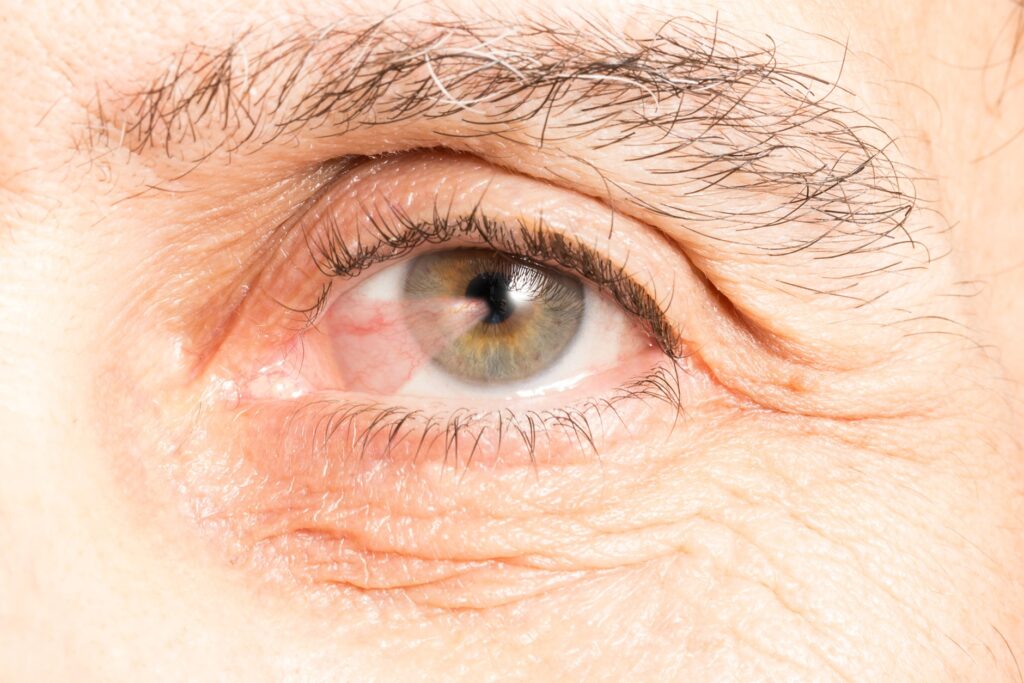What is Pterygium?
Pterygium is a common eye condition. It appears as a pink, fleshy growth on the white part of the eye. Often, this growth starts near the nose and can move toward the cornea, which is the clear front part of the eye. Many people call it “surfer’s eye” because it often affects those who spend a lot of time outdoors. Pterygium can cause discomfort, redness, or even vision problems if it grows large. Understanding pterygium symptoms, treatment options, and eye growth causes can help you protect your eyes.
Common Symptoms
Many people with pterygium notice symptoms early. However, some may not feel any discomfort at first. Watch for these signs:Redness or swelling on the white part of the eyeA visible, raised growth near the corner of the eyeItching, burning, or a gritty feelingDryness or tearingBlurry vision if the growth covers the corneaFeeling like something is in your eye
Sometimes, symptoms get worse with sun, wind, or dust exposure. If you notice any of these, it is wise to see an eye doctor.
Causes and Risk Factors
Pterygium develops when the eye is exposed to certain things over time. While the exact cause is not clear, experts believe these factors increase your risk:Long-term exposure to sunlight, especially UV raysLiving in sunny climates or near the equatorFrequent exposure to wind, dust, or sandOutdoor jobs or hobbies, like farming, fishing, or surfingNot wearing eye protection outdoorsFamily history of pterygium
According to the World Health Organization (WHO), UV exposure and eyes are closely linked. Therefore, protecting your eyes from the sun is important.
How Pterygium is Diagnosed
Doctors can usually diagnose pterygium with a simple eye exam. First, they will look at your eyes with a special light. Sometimes, they may use a microscope to see the growth better. In rare cases, your doctor may suggest more tests to rule out other problems. Most of the time, no special scans are needed. Early diagnosis helps prevent vision problems.
Treatment Options
Treatment depends on the size and symptoms of the pterygium. Many mild cases need only simple care. However, larger or bothersome growths may need more help. Here are common pterygium treatment options:Lubricating eye drops: These help with dryness and irritation.Anti-inflammatory drops: These reduce redness and swelling.Protective eyewear: Sunglasses can block UV rays and prevent worsening.Surgery: If the growth is large or affects vision, your doctor may suggest removing it. Surgery is safe and often done as an outpatient procedure.
After surgery, you may need drops to help healing and prevent the growth from coming back. According to the American Academy of Ophthalmology, surgery is usually very effective.
Prevention Tips and Lifestyle Guidance
While you cannot always prevent pterygium, you can lower your risk. Try these tips:Wear sunglasses that block 100% of UV raysUse wide-brimmed hats for extra shadeAvoid direct sunlight during peak hoursWear protective eyewear in dusty or windy placesKeep your eyes moist with artificial tears if needed
In addition, regular eye check-ups help catch problems early. If you live in sunny climates, take extra care to protect your eyes every day.
When to See an Eye Specialist
It is important to see an eye specialist if you notice any signs of pterygium. Seek help if:You see a new growth on your eyeYour eye feels irritated, red, or dry oftenYour vision becomes blurryThe growth seems to be getting bigger
Early care can prevent serious problems. An eye specialist can guide you on the best treatment for your needs.
Consult an eye specialist for personalized advice on pterygium.
👁️ Don’t ignore eye changes.
📞 Book your consultation at Sree Krishna Healthcare today!

